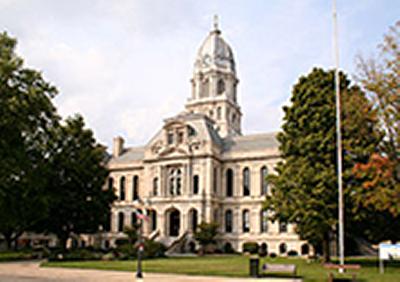Green planning needed to maintain city buildings

Green spaces in towns and cities need extra consideration as they may be damaging buildings in the area, according to new research from the Universities of Southampton and Surrey.
When organic chemicals from trees and vegetation mix with air pollutants the resulting corrosive gas can increase the erosion of building materials, including stone, concrete and steel.
Southampton’s Dr Abhishek Tiwary, who is based within the Centre for Environmental Sciences, and Dr Prashant Kumar, from the University of Surrey, found that heritage buildings, built from limestone and sandstone, are particularly at risk.
Local authorities have been encouraged to invest in green spaces, which can reduce greenhouse gases, cut down exposure to pollution and provide mental health benefits. However, the effect on buildings from the mix of pollutants and organic chemicals has not been previously accounted for.
The damage is mainly caused by ground level ozone, which is formed when volatile organic compounds given off by plants are broken down in sunlight and react with the common pollutant nitrogen dioxide.
Using mathematical simulations, the research team investigated the effect of green vegetation on limestone and steel structures during different seasons.
“Species like sycamore maple and Douglas fir (both commonly found in cities) produced organic compounds which, combined with high levels of ground level ozone during the summer, heightened the concentration of ground level ozone,” says Dr Tiwary.
“The effects of green infrastructure vary, depending on building material and the particular pollutant. Limestone, for example, found in the buildings like Westminster Abbey or the Houses of Parliament, is strongly eroded by increased levels of ground level ozone.”
Copper, zinc and carbon steel are also corroded by levels of air pollutants and local climatic conditions.
Despite their damaging effect on buildings, the researchers recognise the importance of green areas in urban centres. “In the future, city planners should look into the species of vegetation they plant in green spaces,” says Dr Tiwary. “Such consideration might improve the structural longevity of buildings of historical importance.”
Engineering and the Environment